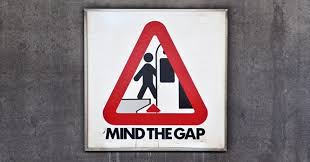Predicting the future is a fool’s errand, but everybody does it. As long as we’ve had language—for tens of thousands of years, at last estimate—we’ve been able to formulate the question, “What will tomorrowbring?” The answers have ranged from idyllic to hellish, though the reality has been, more often than not, “a lot like today.”
Since the Industrial Revolution, the dominant method employed by forecasters has been to extrapolate recent trends forward in time—trends which, due to the availability during this period of cheap, abundant energy, have been mostly in the directions of economic growth and technological progress. With the advent of coal, oil, and natural gas, industrial societies were able to build a middle class, create jobs, extract and process raw materials in ever-greater amounts, make a cascading array of consumer products, and transport people and goods in quantities, and at speeds and distances, never previously imaginable. Sanitation and health care improved dramatically, lowering the human death rate and helping spur the greatest population expansion in the history of our species.
For planners, it seemed eminently sensible to align a ruler with these upward-sloping lines on graphs and extend them out a few more inches, indicating years or decades of yet more growth and progress (yes, I know, the process was more complicated that this—but not much). The method produced moderately accurate forecasts. Moreover, forecasters were applauded, as most people would very much like to think that growth and progress can indeed be maintained for the foreseeable future, since failure to do so would imply shattered dreams and expectations.

